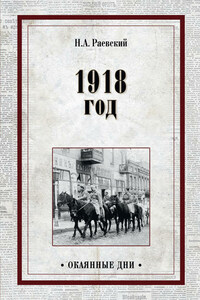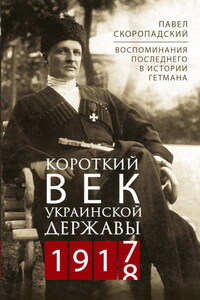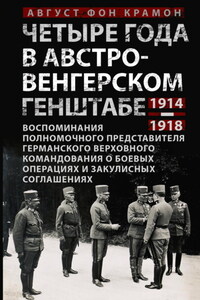Pointing at the joystick, Miles, my instructor (known as ‘Air’ Miles), said: ‘That’s the houses lever. Push it forward and the houses get bigger; pull it back and they get smaller.’
Letter to The Times, week ending 14th March 1998
‘Done any flying before?’
‘A few hours in a little plane—a Cessna.’
‘Heh-heh-heh. No, then.’
‘You think this is better?’
‘This is flying.’
‘What’s wrong with Cessnas?’
‘What’s wrong with Ford Sierras?’
I looked round the breezy cockpit, where we were wedged tightly alongside each other, Geoff in the right-hand seat, I in the left. There was a singular lack of dials or instrumentation compared to the cockpit of any other plane I had ever seen; just four gauges, in fact. I realised that I could identify all of them: compass, altimeter, airspeed indicator and engine rev counter. Between (and slightly in front of) us was a stick.
Our seating position must have been no more than six or eight inches off the ground. We were protected from the drizzle by the wing above and an enclosing fibreglass pod; our forward view was framed through a curved, scratched, murky cowling and windshield. At our sides, where the doors would have been—had there been doors—was nothing. Above and in front of us was a tiny engine, about the size of two shoe boxes placed on top of each other. The intercom in my helmet crackled.
‘Keep clear of this…’ Geoff wagged the stick from side to side to indicate its range of travel.
‘And the throttle.’ He indicated a lever down on my left which moved in tandem with a lever his side.
‘…and the rudders.’ He paddled two stirrups at my feet, which I hadn’t noticed. The engine screamed, we flicked round in a sharp U-turn and were off. As we surged across the grass, with surprising momentum, I gripped the stout tube of the A-frame on my side of the cockpit. I felt disconcertingly low: so low that I could almost, had I not been pinned into my seat by the safety harness, have run my fingers through the wet tussocks. Yet strangely, though I was ready to be nervous, I wasn’t. I didn’t even notice when we left the ground. Suddenly the ride seemed to have become smoother, the grass was falling away and we were climbing over the hedge and a clump of scrubby trees in the corner of the field.
The view was extraordinary. The open sides and huge windscreen meant unimpeded visibility to the front and sides. As we rose towards the low cloud, the ground began to become obscured by murky grey-white wisps of water vapour. Relief that I was still not feeling sick, or paralysed by vertigo, gave me a burst of confidence.
‘So why is this so much better? What can she do?’
‘Put your hand here.’ He placed my hand round the rubber grip on top of the stick. ‘Now put your feet on the rudder pedals. Now, basically…’ He pulled the stick sharply back. The seat beneath me suddenly hardened and pressed up against me. The g-force felt enormous and a charge ran through my loins as I found myself looking vertically into the murk.
‘Up.’
We hung there for a moment, then he pushed the stick hard forward. It was like going over Nemesis at Alton Towers. Except that rather than a childish 90° dive, we went through 180°. The nose pitched forward as if we were going to turn a complete somersault, until the view ahead through the windscreen was the ground directly beneath. A wood pigeon flapped languidly out of a large old oak tree. My stomach reversed up my oesophagus like a bubble in a spirit level, and I felt that not unpleasant shivering ache of going over a humpback bridge fast.
‘Down.’
He levelled us, and I began to take stock of my condition; I had no idea that sensational feelings like these—which I had presumed were the prerogative of Tornado or Space Shuttle pilots alone—would be available in a toy plane like this. Geoff, however, was not finished. He brought the stick sharply over to the right, its full range of travel, until it pressed up against his thigh. The horizon spun round to vertical and my helmet crashed against his with an undignified clunk as I was thrown against him. I found myself staring across his body at the ground again. This time I studied the furrows of the ploughed field.









